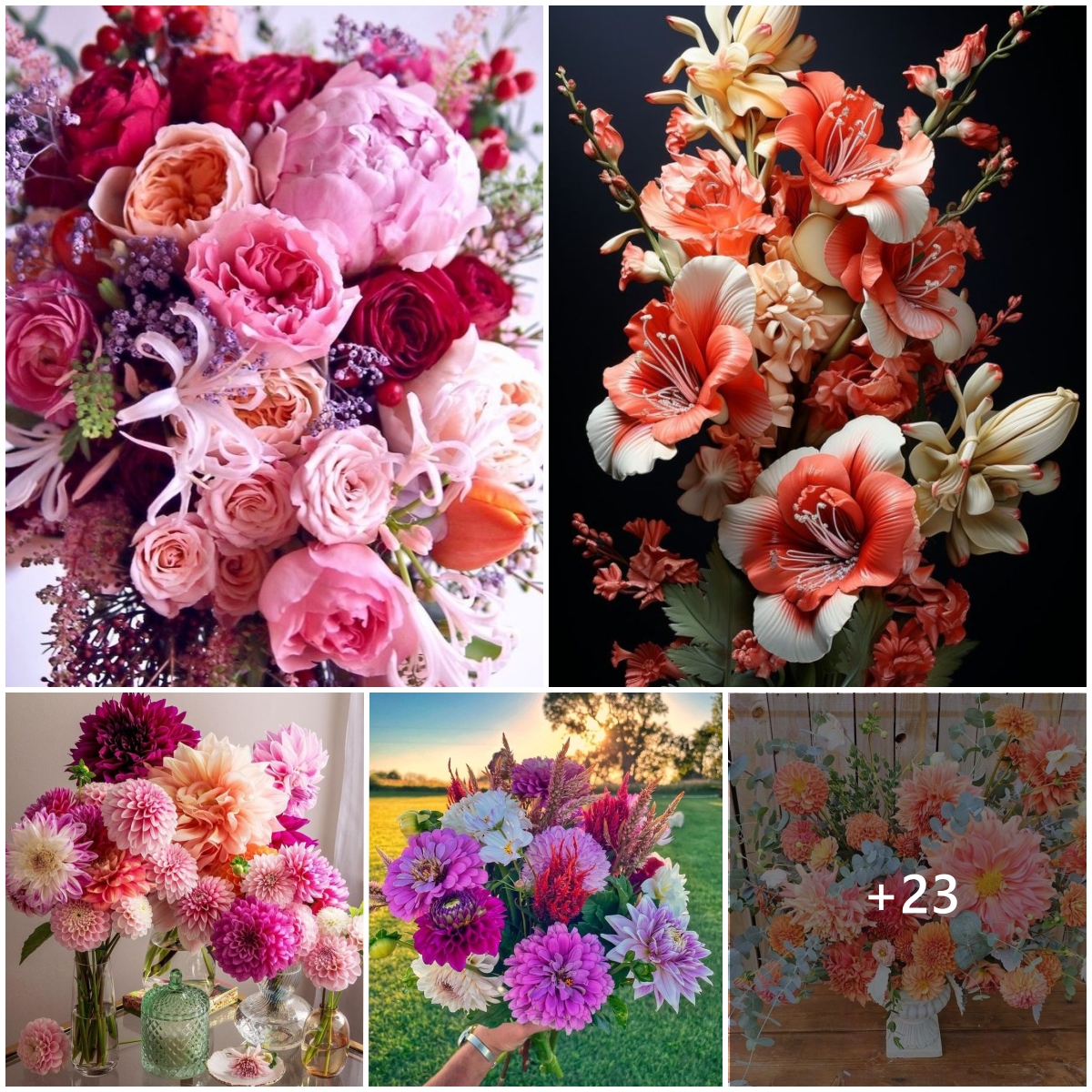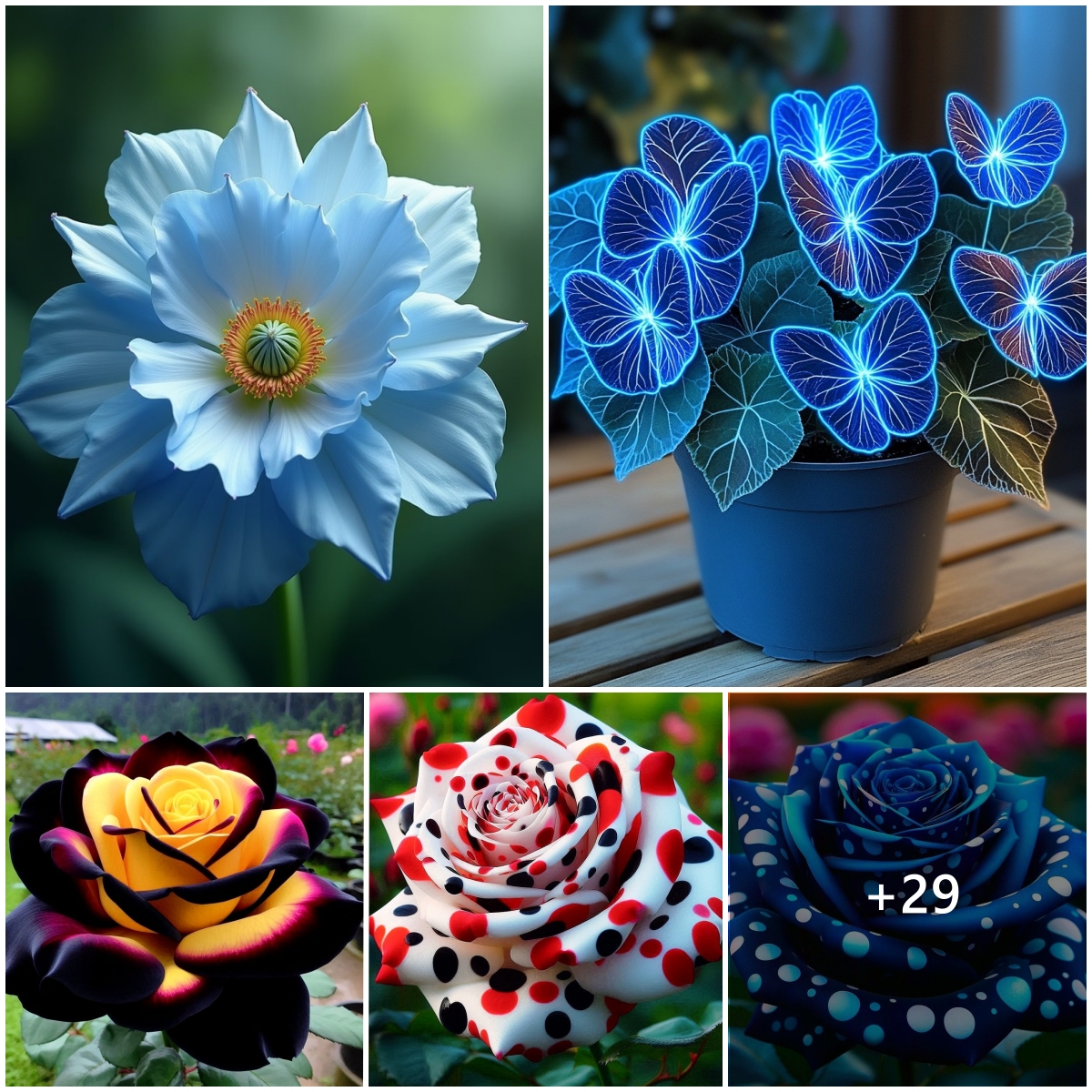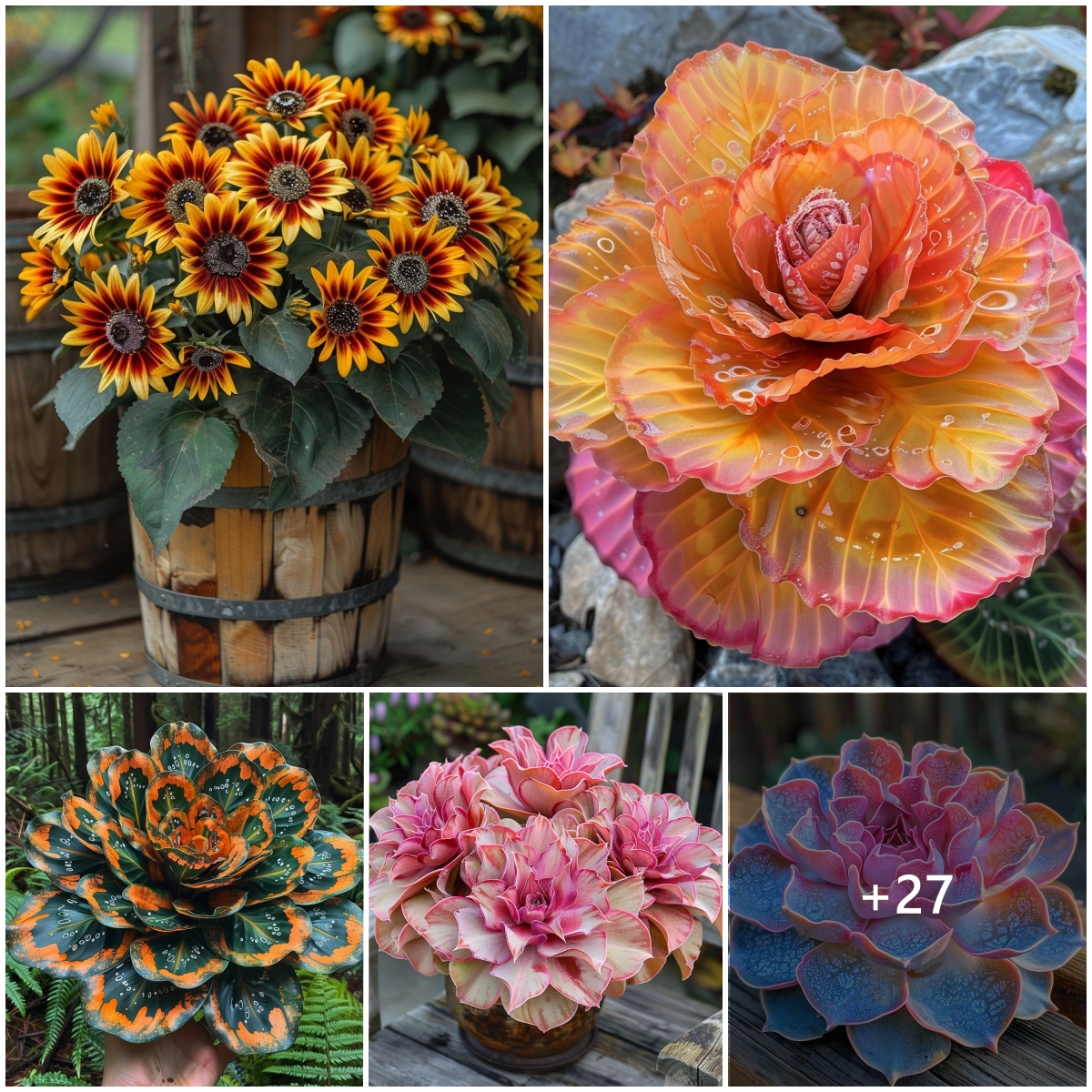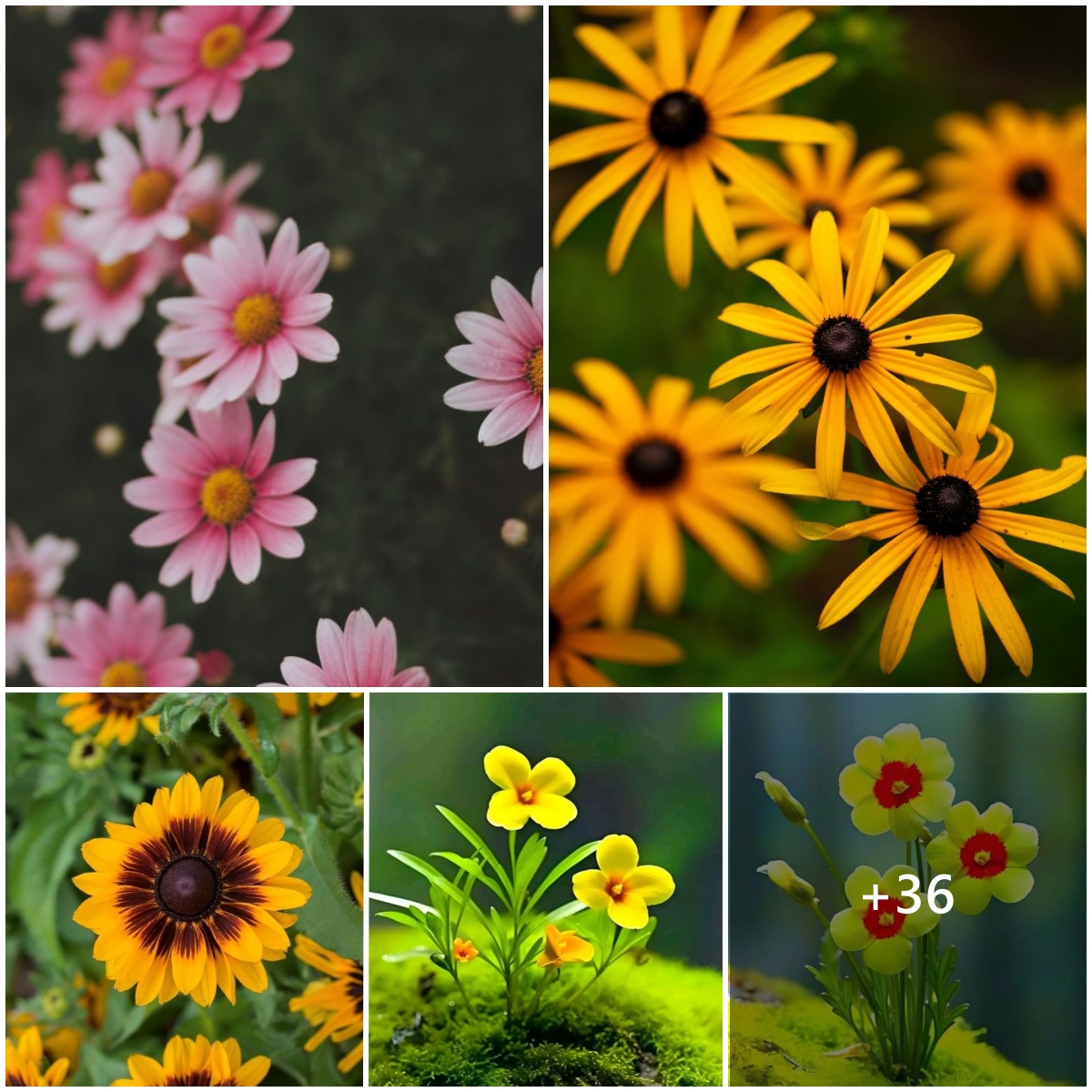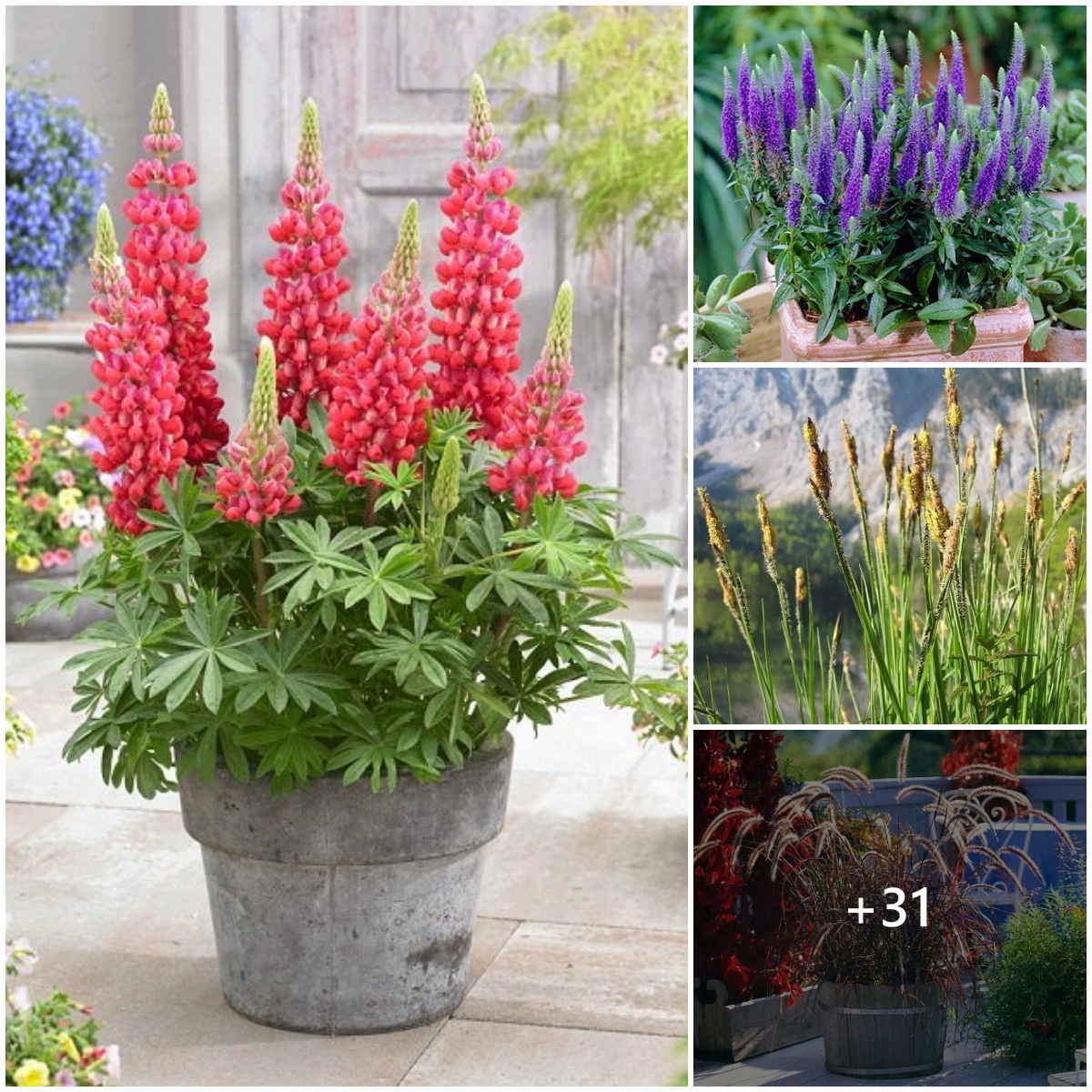In the verdant expanses of India’s Western Ghats, the Karvı, or Strobılanthes Callosus, emerges as a botanical rarity. This floral wonder, which unfurls its petals once every octet of years, envelops the hillsides in a mesmerizing violet-blue hue. Cultivation of Karvı serves two purposes: to firmly anchor the soil to prevent erosion and to provide a shade canopy for neighbouring flora.
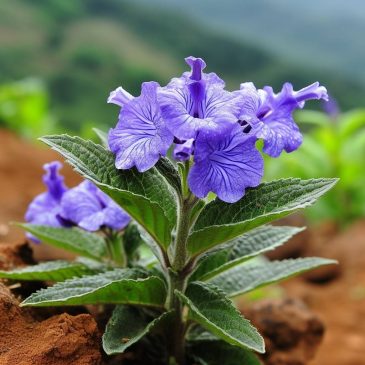
Equally elusive, the Neelakurınjı, scientifically known as Strobılanthes Kunthıana, graces the Western Ghats with its bluish-purple blooms every twelve years, creating a visual spectacle. Its flowers not only captivate the eye but also harbour curative virtues, offering remedies for ailments like the common cold, feverish conditions and respiratory distress.

Neelakurınjı thrives at high elevations, between 1,300 and 2,400 meters above sea level. Under optimal conditions, this plant can reach a height of 180 cm, although it typically reaches about 60 cm. It belongs to the extensive genus Strobılanthes, first catalogued in the 19th century by Chrıstıan Gottfrıed Danıel nees von Esenbeck, and includes approximately 250 species, of which 46 are native to India. These species are distinguished by their peculiar phenology, with flowering cycles varying from annual to once every 16 years.
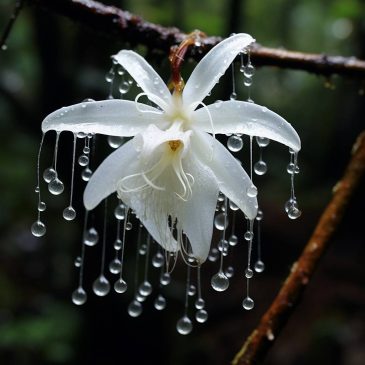
Hidden among the dense forests of India is the Ghost Orchid, or Dendrophylax Fawcettiı, India’s most enigmatic bloom. Its ethereal presence and diaphanous petals have spawned legends, likening it to an elusive spectre shrouded in mystery. With roots in Florida, Cuba and the Bahamas, this orchid is a rare perennial epiphyte from the orchid family, sometimes called the white frog orchid or Palm Polly.

The Himalayan blue poppy, Meconopsıs Aculeata, native to the Himalayan territories of Nepal, northeastern India, Bhutan and China, presents a rare sight with its blue flowers topped with a golden core, which bloom in late spring. Known for their moisturising qualities, its petals are coveted by the cosmetics industry, although its essence also brings comfort to those struggling with anxiety, depression and insomnia.
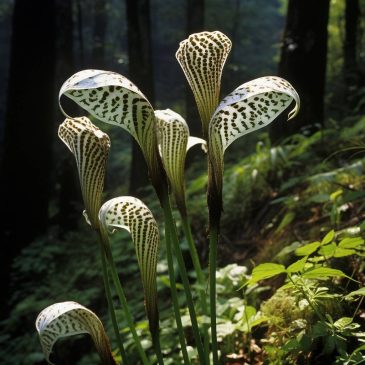
The Eastern Himalayas of India are home to Arısaema Tortuosum, or Cobra Lily, a unique member of the Darlingtonia genus. Its distinctive morphology, reminiscent of the cobra’s face, coupled with its carnivorous nature, makes it a subject of fascination. Beyond its aesthetic appeal, it serves as a traditional remedy for dermatological problems, insect bites, and venomous stings.
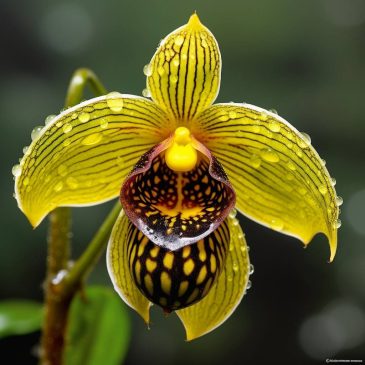
In selected locations in India, the Cyprıpedıoıdeae, or lady’s slipper orchid, reveals its rare beauty, mimicking a tiny slipper. This floral jewel, sought after for its rarity, arouses admiration and protective instincts.
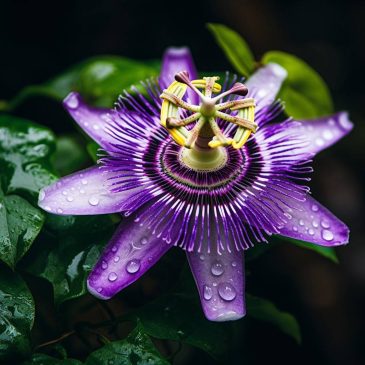
Passıflora Incarnata, known as Purple Passion, goes by a host of names including true passionflower and maypop. Its flowers are not only a sensory delight but also a source of medicinal benefits, historically used by Europeans in herbal concoctions. Today, it offers relief for anxiety, hypertension, insomnia, and more, while its fragrant fruits and flowers enrich culinary creations and beverages.
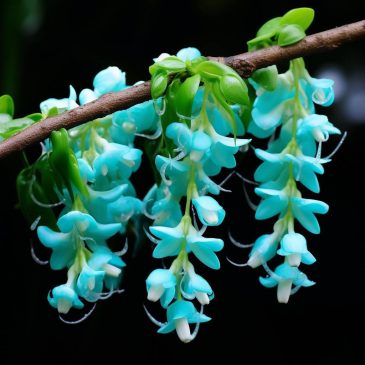
Jade Vine, or Strongylodon macrobotrys, with its radiant turquoise appeal and pendulous clusters, captivates nature enthusiasts and flower growers alike. Located at the Enchanted Gardens in Pune and Cubbon Park in Bangalore, its exotic appearance and floral abundance decorate the gardens and serve as prominent ornamental elements.
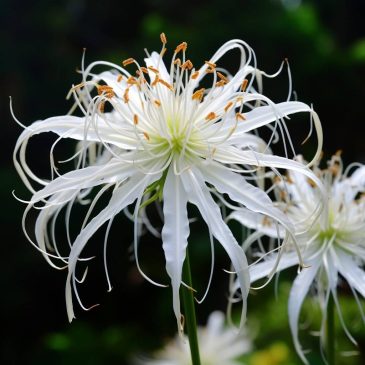
The long-flowered lily, Hymenocallıs lıttoralıs, gets its name from its spider-like appearance, distinguished by long tentacle-like structures and a vanilla scent. This exotic flower graces landscapes in diverse geographies, from India to Hawaii.
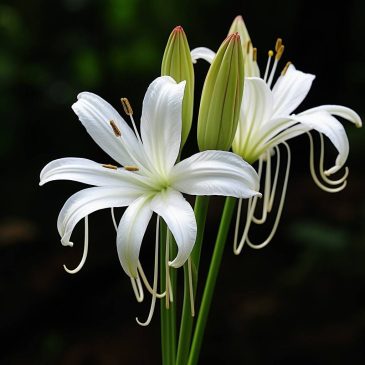
A rediscovered wonder, Woodrow’s Crınum Lily, or Crınum Woodrowıı, once thought to be extinct, came to prominence in Maharashtra’s Vasaı. This flower, native to Kate’s Point in Mahabaleshwar, enchants with its striped and fragrant petals, finding preference in both perfumery and pharmaceuticals.

The Kaka beak, or Clıanthus, with its clusters of red flowers, announces the presence of the Kaka parrot in the desert. A refuge for nectar for birds and insects, this flower plays a fundamental role in ecosystems by supporting various pollinators.
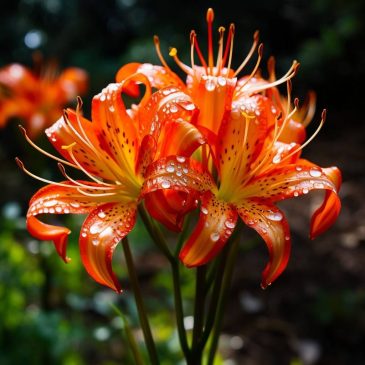
Lastly, the flame lily, recognised for its fiery petals, graces the Western Ghats of India and beyond. Celebrated as the national flower of Zimbabwe and the state flower of Tamil Nadu, it embodies the vibrant spirit of the regions it belongs to.
This tapestry of flora, woven from threads of rarity and wonder, highlights the rich botanical heritage that India holds, inviting admiration and preservation efforts for these natural treasures.
Credit: Pinterest
Source: Garden Lover

